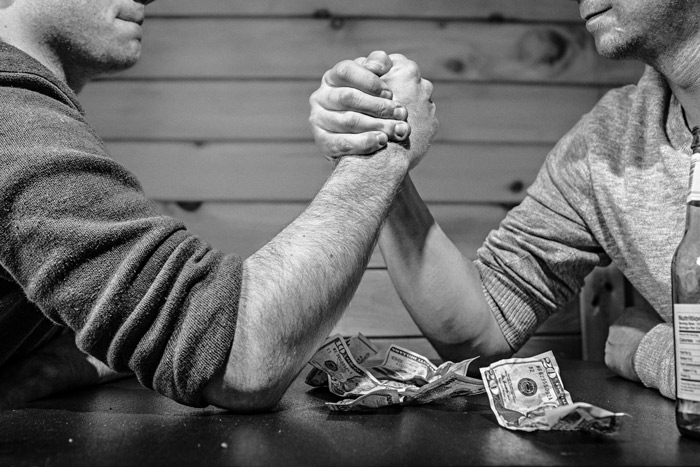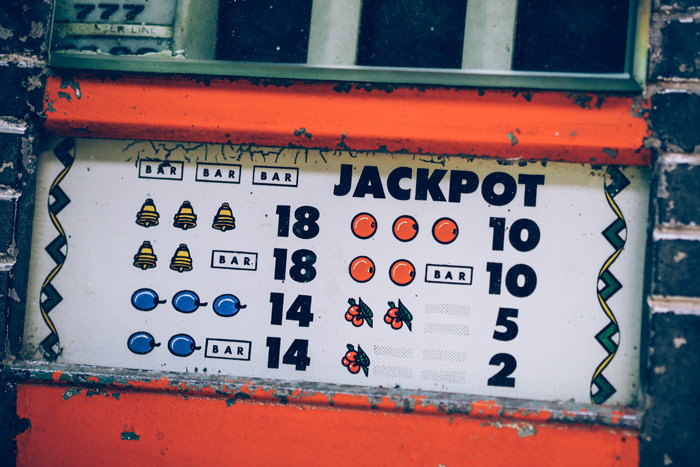7 Habits of Highly Successful Designers

Featured Image: Unsplash/rawpixel
Are you ready to kick start the New Year by letting go of all the lame excuses of why you can’t succeed in the highly competitive graphic design industry?
To show you we have no empathy for your situation, we’ve laid out the 7 habits of some highly successful designers. Yes, we are rubbing their success in your face, so pull up your big girl panties. These master designers have battled the odds and have come up on top in the design industry. No, they didn’t complain about competitive nature of the industry. They actually made it big through sheer persistence [gasp]!
Borrowing from Stephen Covey’s famous title, we’ve listed their approaches to becoming successful. Feel free to adopt them, or get inspired by them. Whatever you do, just get your ass into gear!
1. Do not Forfeit before Competing

Image Source: Pexels/Gratisography
How many times have you thought of a project as a challenge to conquer rather than another job to complete?
Competition should not make you into a whiner. Successful designers are proactive because they don’t consider any project unworthy. As Mike Sullivan of Studio Mister would say, ‘working on multiple dimensions with clients, industry professionals and employees, increases one’s experience rather than hinder it.’
2. Begin with the End in Mind

Image Source: Pexels/Skitterphoto
As a designer, the ability to visualize is the most important skill to have.
Think of yourself, where you want to be, and who you want to become. Do you want to be a freelance designer just like David Airey of Logo Design Love? Do you want to be a corporate designer like Rob Redman of Pariah Studios? Nothing’s stopping you! The key is to envision where you want to be, and then the end goal for every project should bring you closer to that vision for yourself.
If you are able to visualize yourself, you will probably end up being “there” (wherever that is).
3. Prioritize and specialize

Image Source: Pexels/Jenna Hamra
Take action in order of importance.
Are you one of those designers who freezes up when they get work? Or maybe you’re the type to churn out graphics by the dozen. Whatever it is you do…just don’t.
Successful designers like Jacob Cass of Just Creative can testify to the fact that all design aspects contribute to the whole brand picture. Learn to take one project at a time and treat it as if it was your baby.
Even if you’re designing for one aspect marketing, having an understanding of the marketing process will be a big help in the long run. Establishing your own work process in terms of branding and marketing will ease the process of managing projects.
4. If You Think Big, You Win Big

Image Source: Pexels/Fancycrave.com
Remembering every project is an opportunity for a designer to scope for visual presentation, break down barriers, develop new cultural connections, and change attitudes.
Michael Peters thinks design is not superficial, but rather a visual opportunity composed of complex messages. Adopting this philosophy will help to create a win-win situation when dealing with difficult clients and peers.
5. Don’t Get Cocky

Image Source: Pexels/Rene Asmussen
So you’ve mastered all of the tools: The Adobe Suite, HTML, CSS, Corel, your list goes on. So you think you don’t have any more learning to do? The only person you’ll win over with that sort of thinking is the 13-year-old who thinks their art is flawless as it is, even though the greatest artists who ever lived always strove to get better and better.
Designers need to review, renew, learn, and update their skills regularly, especially since they work in such a radical industry. If you want to be a great designer, then perhaps take away what Mathew Helme, a web designer and illustrator, has learned over the years: “You know everything once you figure out you don’t know everything.”
You’ll become a great designer when you understand your customers, your limitations, and your strengths. Hence, why Helme is successful and you’re reading this post.
6. Create Synergy

Image Source: Pexels/Rawpixel.com
The project is never boring, only the designer is.
Paul Rand, the famous zilliondesigns, believes in creating synergy and transforming even the most mundane graphics into dynamic designs. By making a habit out of creating synergy for all type of design projects, no matter how small or boring, you’ll brand yourself as an energetic designer who stands out.
7. Keep Learning
Online and offline experiences, apps, gadgets, and so on call on designers to keep sharpening their skills and learning new tools.
Mark Atkinson is of the view that learning is like breathing for designers. Keep up-to-date with technologies, differentiate yourself from the crowd, and over-deliver in order to survive in this cutthroat industry.
If you think you have something these highly successful designers missed in their words of wisdom, feel free to let us know in the comments or on our Twitter @ZillionDesigns. Maybe you’re a great designer just waiting for the right moment of success. Maybe you need a career change. Either way, good luck to you.




Great post. Really good advice’s by great designers. Thanks.
Thanks! 🙂 Glad you liked it. If you have someone who you look up to as a super hero (in design industry of course!), do share.
The very nice full creativity blog resources site other many beauty full logo designs . http://graphicsave.com/logo-designs